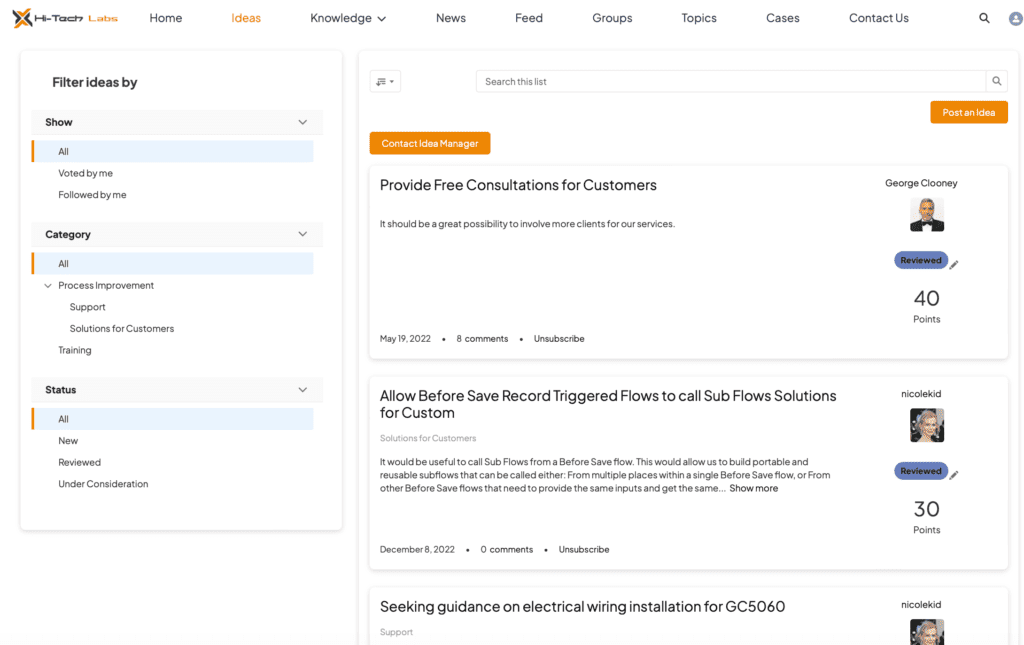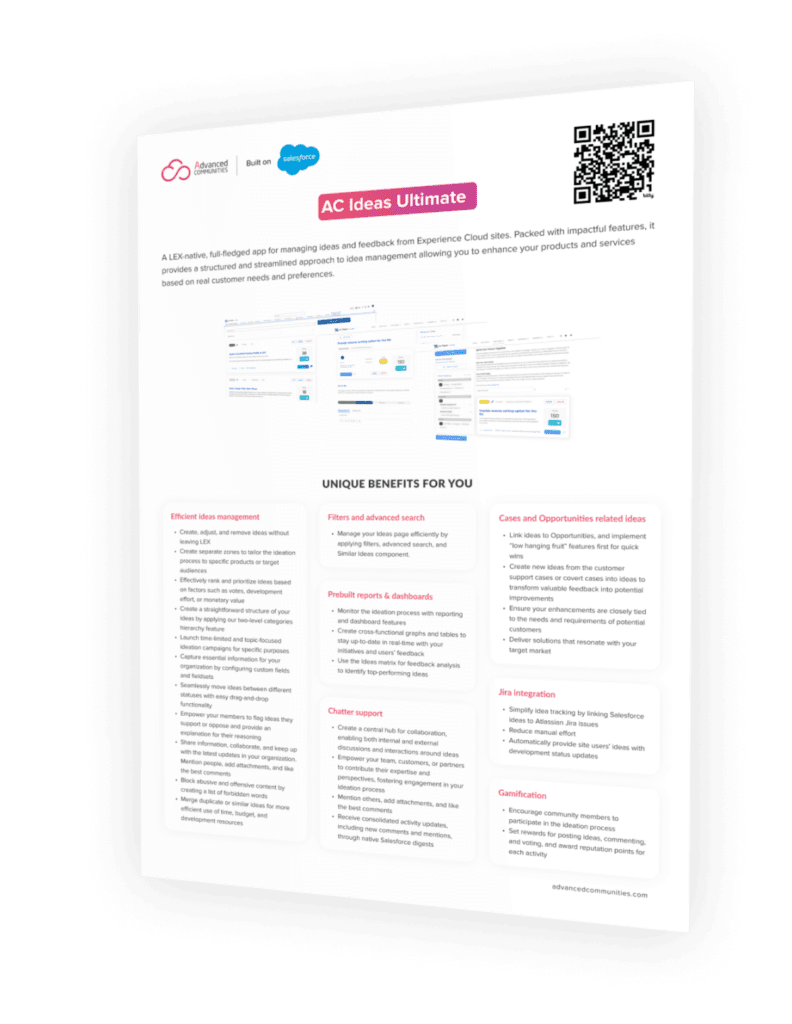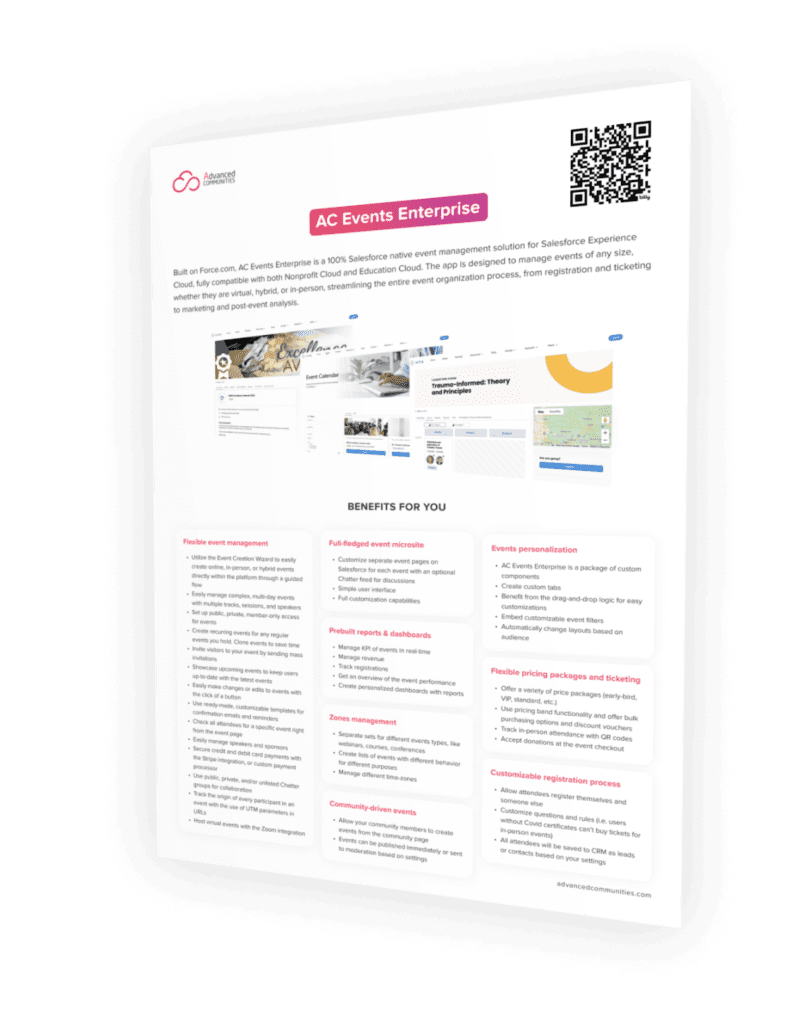Were Most New-Product Ideas Come From
Have you ever wondered where most new product ideas come from? In the world of product development, generating fresh ideas is key to creating successful products that meet customer needs. From innovative gadgets to helpful apps, every product starts with an idea. In this article, we’ll explore sources where you can find inspiration for your next big product. Whether it’s listening to customer feedback or keeping an eye on market trends, there are plenty of avenues to explore for generating innovation. So, let’s get it started!
Idea generation: considerations to keep in mind
The process of idea generation for product development involves more than just brainstorming random concepts. It requires careful consideration of various factors to ensure that the ideas generated are not only creative but also practical and relevant. So, let’s explore some key considerations to keep in mind and pinpoint where to direct your attention as a business during the idea generation process.
Customers and target markets – a heart of the innovation process
When searching for potential new product ideas or ways for product enhancements, many businesses prioritize the opinions of their technology and product teams. After all, these teams have an in-depth understanding of the product, its features, and potential improvements. However, solely relying on internal perspectives is not the most effective approach. While a product manager and technologists play a crucial role in bringing ideas to life, your main focus should always be on your customers as they are the ones who ultimately determine a product’s success. Why? Think about it this way: Who knows better about what they need than the people who will actually use the product? End users are the ones who experience the problems and challenges firsthand. By listening to them and understanding their needs and pain points, businesses can create products that truly address real-life problems. Technologists and product teams might have great technical skills, but without customer input, they might miss the mark when it comes to creating something that people actually want and find useful. So, instead of brainstorming in isolation, it’s crucial for businesses to prioritize listening to their customers to ensure that their products hit the target markets.
How can you use your customers to generate innovation:
- Utilize customer feedback for idea generation. Most new product ideas come from your customers, depending on what they want and need. User feedback provides invaluable insights into what’s working well and what could be improved in your products or services, helping you find new opportunities for innovation. Whether it’s through direct interactions, online reviews, or social media channels, tapping into the voice of the end user can spark fresh ideas and fuel the creative process.
- Conduct surveys to generate ideas. Surveys are a powerful tool for collecting structured feedback from a wide range of users. By designing well-crafted surveys, you can gather valuable data on customer preferences, pain points, and expectations showing you trends you might not see at first. From product features to user experience, surveys give a full picture of what people think, helping you decide what to focus on when coming up with a new idea.
- Explore customer support data. Analyze customer support interactions to identify common issues, complaints, or suggestions about your products/services. Quantify the frequency of specific issues and correlate them with overall client satisfaction to understand their needs and pain points, and ultimately to generate ideas for further product development and improvements.
- Examine case studies of successful products derived from client input. Case studies offer compelling evidence of how businesses have used client feedback to drive product innovation. Whether it’s the introduction of a new feature based on specific requests or a complete redesign informed by user feedback, these examples showcase the tangible impact of listening to customers. By examining case studies of successful products derived from the client input, you can gain inspiration and insights for your own idea generation efforts.
Market research and trends analysis
Market research and trends analysis are important parts of any idea generation process. By checking out what’s happening in the market and exploring market trends, you’ll see what people are interested in buying and what’s popular right now. By keeping an eye on these trends, you can get inspired to create new products or improve existing ones.
Competitors analysis is an integral part of any market research. Explore what other companies like yours are doing. By studying their products, you can see what works well and what could be better. You might even notice gaps in the market where there aren’t any products addressing a particular need. This can give you new ideas for creating something new that people want.
Numbers are the king! Numbers can tell you a lot about what people want. By looking at data, like sales figures, customer surveys and feedback forms, or client churn analysis, you can get insights into what’s popular and what’s not. This can help you make smart decisions for product development improvements or creating a completely new product idea.
Idea Gathering: Complete Guide On Managing Ideas in Salesforce LEX

Internal sources for idea generation
Inside a company, there are many places to find new ideas, and your employees are one of the best sources. They work closely with the products or services every day, so they often have good insights on how to improve them. Other internal sources include managers, who may have a broader view of the company’s goals and needs, and even past projects or research that can spark new ideas.
Here’re best practices for you to follow to get the most out of internal idea generation process:
Cross-functional collaboration for product development.
Collaborating with various teams is crucial for success. When people from different departments come together, they bring diverse perspectives and expertise. Let’s take a sales team as an example. Sales teams are in direct contact with customers daily. They understand customer needs, pain points, and preferences better than anyone else. By talking to sales teams, you gain insights into client requests, issues, and desired product features. Another example is a customer support team. They have a deep understanding of client needs based on their interactions. By listening to support representatives and reviewing reports, you gain insights into specific features users request. This understanding informs product development priorities and guides solutions that resonate with target audiences.
Brainstorming sessions and idea workshops for idea generation.
These are effective ways to use the collective creativity of cross-functional teams to encourage open communication and idea-sharing for inspiring fresh perspectives. Correctly organized, brainstorming idea sessions create a positive and supportive environment where diverse perspectives from different backgrounds and departments contribute to a wide range of creative suggestions based on their point of view and experience.
Many successful products are the result of teams working together across different departments. So, while putting a customer in the centre of the product development process, never forget about your teams as good collaboration always leads to innovative and successful outcomes.
External sources for generating innovation
Exploring industry reports and publications.
Researching industry-specific reports, journals, and publications can provide valuable insights into market trends, consumer behavior, and emerging technologies. These resources offer a wealth of information that can inspire new product development ideas and business strategies.
Looking at your competitors.
Analyzing competitors’ products, marketing strategies, and customer feedback can help identify gaps in the market and areas for improvement. If you notice things they’re doing well or not so well, you can use that to come up with your own ideas to stand out.
Going to networking events and conferences.
Attending industry conferences, trade shows, and networking events provides opportunities to connect with experts, thought leaders, and potential collaborators. Engaging in conversations and exchanging ideas with peers from different companies and backgrounds can spark creativity and offer fresh perspectives for product development.
Feedback from different markets.
Sometimes, end users in different areas or groups might want different things. Seeking feedback from customers in different geographic regions or demographics can provide unique insights and preferences. Expand the scope of user research beyond the local market to identify new product opportunities and tailor offerings to better meet diverse needs.
Using crowdsourcing and idea platforms for idea generation.
These are websites that lots of people use for ideation. By looking at what others are suggesting and voting on, you can get inspired to come up with your own unique innovative concepts.
Maximizing Feedback and Ideas to Enhance Products and Services

Best practices for coming up with realistic product ideas
- Dive really deep into the industry/sector/field you’re in. Once you know your end users, their problems really well, you can start thinking of ways to resolve them. Keep track of all your ideas, even the ones that don’t seem great, and reevaluate them occasionally.
- Listen to your customers. End users input serves as a direct source of inspiration for developing products that address real-world problems and meet user expectations. Whether through surveys, feedback forms, or direct interactions, prioritizing client feedback ensures that product ideas are grounded in reality and have a higher likelihood of resonating with the target audience. So, always take time to listen to your clients – it’s a smart way to come up with realistic product ideas that people will love.
- Tap to both internal and external channels for idea generation. Look within your organization for insights from your team members, and also seek inspiration from external sources such as customers, industry trends, and market research. By using a diverse range of perspectives and inputs, you can discover innovative ideas that drive growth and success.
- Use technology for idea generation. Technology can significantly streamline the ideation process in your company. Depending on your specific objectives and resources, you may choose to use one or several idea management software platforms or tools to facilitate the ideation process within your organization. A lot of businesses prefer Salesforce in this case. Why? Because in Salesforce, you get everything in one place and don’t need to integrate diverse systems and tools to set up a process that meets your needs. Additionally, with the AC Ideas Ultimate app, you can manage Salesforce ideas in Lightning Experience (LEX) without switching to the Classic interface. Moreover, in Salesforce, you can build a standalone Experience Cloud site to gather feedback from external users such as your customers or partners and store all data inside Salesforce. Plus, Advanced Communities will help you create a user-friendly site that seamlessly integrates with your Salesforce instance. Since we’re experts in Salesforce UX, we can also handle the design for you. Interesting? Just contact us to discuss your needs.

- If you’re not sure what kind of business to start… Businesses do well when lots of people use their products. So, if you’re thinking of creating something, think about the problems or challenges you or others face. That could help you find industries or specific areas where there is a need for innovative solutions.
Conclusion
So, where do most new product ideas come from? The answer lies in a combination of factors. Listening to customers, exploring industry trends, and improving collaboration within and outside the company all play crucial roles in generating innovative ideas for product development. Whatever the method, remember: people and their needs are at the heart of every ideation process. Customer first, success follows!
Subscribe to our Newsletter
Receive regular updates on our latest blog posts, news, and exclusive content!
Q&A
Where do most new product ideas come from?
Most new product development ideas originate from various sources, including customer feedback, market research, internal brainstorming, and external collaboration. However, the most successful ideas are those that address customer needs and emerge from a combination of these sources.
What is the greatest source of ideas for new products?
The primary source of product development ideas often stems from understanding and addressing customer needs. By listening to customer feedback, observing behavior, and identifying pain points or unmet needs, businesses can develop innovative solutions resonating with their target audience. Market research, internal brainstorming, technological advancements, and collaborations with external partners also contribute to new product ideas. Successful product development typically involves a blend of these sources, prioritizing meeting customer needs and preferences.
What are the four methods of generating ideas?
The four methods of generating innovation are:
- Brainstorming. A group activity where individuals freely share thoughts and suggestions without criticism, often leading to creative solutions.
- Mind mapping. A visual technique where ideas are organized around a central concept, allowing for the exploration of interconnected thoughts and concepts.
- Reverse thinking. Approaching a problem from an opposite perspective to stimulate innovative solutions.
- SCAMPER technique. A method that involves asking questions about existing solutions to develop new ones by modifying, combining, or adapting them.









